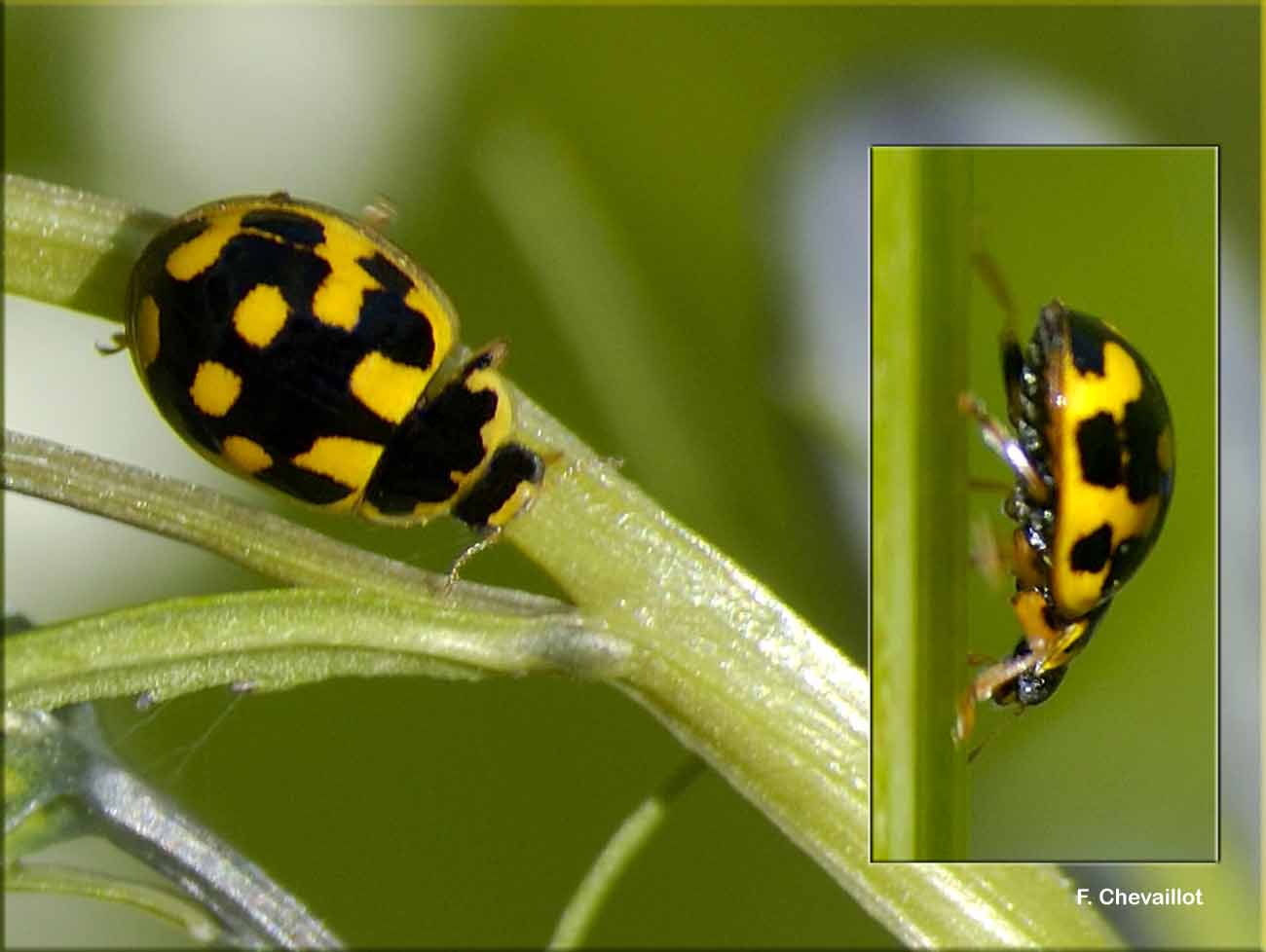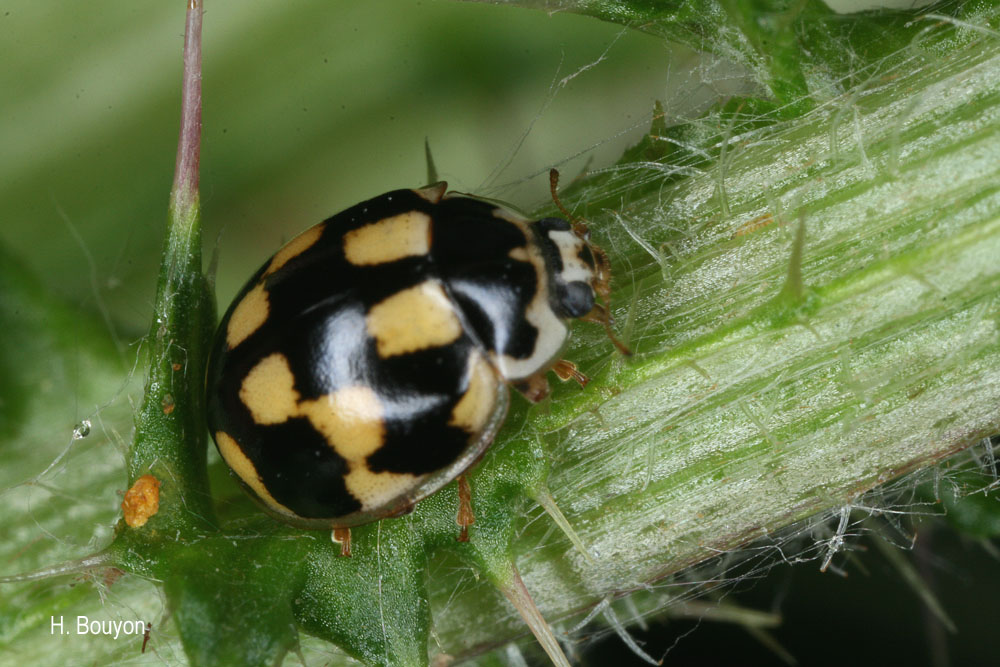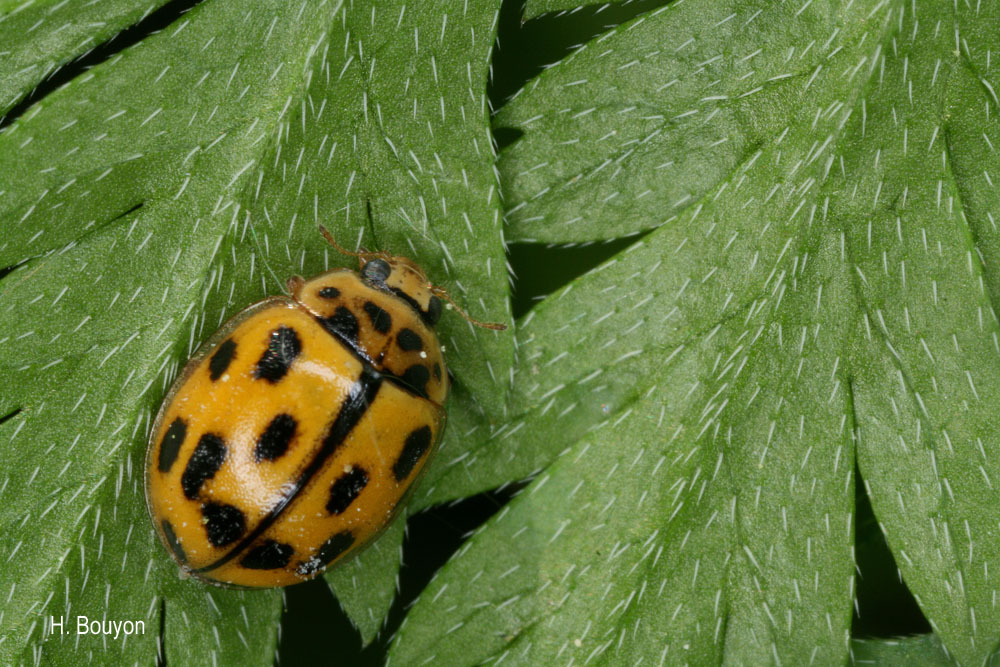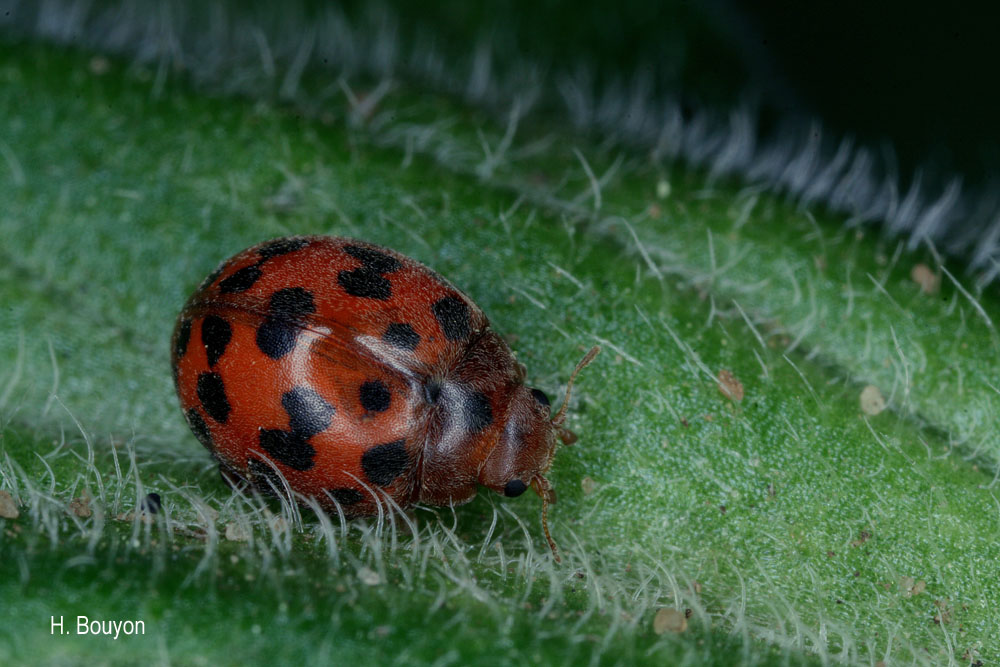
cd_nom

| Auteur : F. Chevaillot |
 |
Pour se procurer la photo originale ou demander une autorisation d'utilisation, consulter :
Fred CHEVAILLOT
Moulin de Castor
La Maynobe
12550 COUPIAC
06 51 19 18 32
09 88 28 31 26
www.insecte.org
email : fred.chevaillot@wanadoo.fr
Toute réutilisation de la présente photographie doit faire l’objet d’une demande d’autorisation auprès de l’auteur.
Lien vers le code de la propriété intellectuelle (Legifrance)

| Auteur : H.Bouyon |
 |
Pour se procurer la photo originale ou demander une autorisation d'utilisation, consulter :
Bouyon Hervé
herve.bouyon@wanadoo.fr
Toute réutilisation de la présente photographie doit faire l’objet d’une demande d’autorisation auprès de l’auteur.
Lien vers le code de la propriété intellectuelle (Legifrance)

| Auteur : H.Bouyon |
 |
Pour se procurer la photo originale ou demander une autorisation d'utilisation, consulter :
Bouyon Hervé
herve.bouyon@wanadoo.fr
Toute réutilisation de la présente photographie doit faire l’objet d’une demande d’autorisation auprès de l’auteur.
Lien vers le code de la propriété intellectuelle (Legifrance)

| Auteur : H. Bouyon |
 |
Pour se procurer la photo originale ou demander une autorisation d'utilisation, consulter :
Toute réutilisation de la présente photographie doit faire l’objet d’une demande d’autorisation auprès de l’auteur.
Lien vers le code de la propriété intellectuelle (Legifrance)

| Auteur : H.Bouyon |
 |
Pour se procurer la photo originale ou demander une autorisation d'utilisation, consulter :
Bouyon Hervé
herve.bouyon@wanadoo.fr
Toute réutilisation de la présente photographie doit faire l’objet d’une demande d’autorisation auprès de l’auteur.
Lien vers le code de la propriété intellectuelle (Legifrance)
Taille : 3,5-4,5 mm
Diagnose :
Corps hémisphérique, très convexe, glabre, très luisant, les élytres jaune pâle avec 7 taches noires de forme et d'étendue variables (souvent confluentes) sur chaque élytre et la suture noire. Le bord élytral est légèrement explané. Les appendices sont testacés. Les antennes dépassent peu la base du pronotum et se terminent par une massue de 3 articles peu marquée. Le pronotum est très transverse, jaune crème avec 6 taches noires souvent confluentes, à ponctuation fine et peu dense, à base nettement plus étroite que les élytres.
Identification : Très difficile.
Confusions possibles :
Les formes à taches distinctes se distinguent d'Oenopia conglobata par la forme plus courte, hémisphérique et la couleur de fond jaune pâle. Les formes à taches confluentes se distinguent d'O. lyncea par le bord élytral explané et l'absence de 3 taches en ligne sur le disque élytral.
Périodes d'observation (adultes) : Avril à octobre.
Biologie-éthologie :
La larve et l'adulte sont aphidiphages. Les adultes se rencontrent sur les buissons et les plantes basses.
Biogéographie-écologie :
Milieux ouverts de toute l'Europe.
Références :
Fürsch H., 1967 : Clavicornia : Coccinellidae. In Freude H., Harde K.W. & Lohse G.A., Die Käfer Mitteleuropas. Band 7. Krefeld, Goecke & Evers: 227-278.
Hervé Bouyon(ACOREP-France),2020
continental
Métropole
Outre-mer
marin
Métropole
Outre-mer
La carte présente une synthèse à la maille 10 x 10 km des données d’observation de l’espèce transmises au SINP. Ces données ont été soumises à des filtres de validation.
La carte présente une couche de répartition de référence de l’espèce à l’échelle des départements et des secteurs marins. Les données de présence et d’absence ont été établies par expertise au sein d’un réseau de partenaires. Cette répartition de référence est utilisée dans le processus de validation des données du SINP au niveau de l’INPN.
Correspond à un signalement sur la base d'au moins une observation avérée dans une période de 10 ans (20 ans pour les invertébrés peu connus) précédant l'année de référence et aucune présomption de disparition depuis l'obtention de la dernière donnée ni doute sur le caractère reproducteur et implanté de cette population. Pour les espèces migratrices, la pr&easence indiqu&eae concerne les zones de reproduction.
Ce statut se base sur un ou plusieurs des critères suivants :
Ce point recouvre l'absence, par nature plus difficile à démontrer que la présence. Ce statut se base sur un ou plusieurs des critères suivants :
Ce statut doit également être attribué à un département dans lequel la présence de l'espèce est occasionnelle.
Cas particulier d'absence liée à une disparition avérée depuis moins d'un demi-siècle (les disparitions anciennes sont traitées comme « absence probable ou certaine »).
Dans l'état des connaissances, on ne peut pas se prononcer sur la présence ou l'absence actuelle dans le département. Il s'agit du statut utilisé par défaut quand on ne se situe pas dans une des catégories précédente ou dès lors qu'il y a un doute.
La carte présente la répartition mondiale de l’espèce à partir des données du GBIF (Global Biodiversity Information Facility - Système mondial d'information sur la biodiversité).
